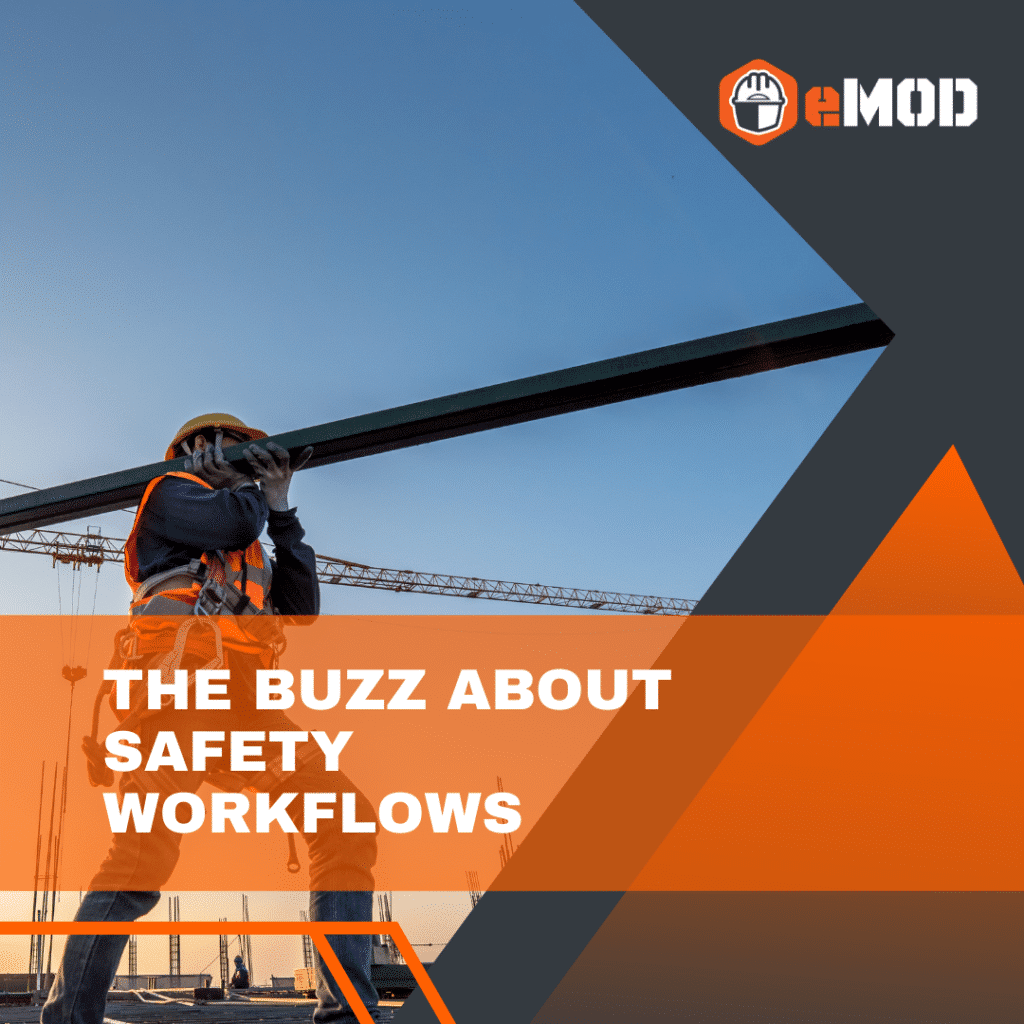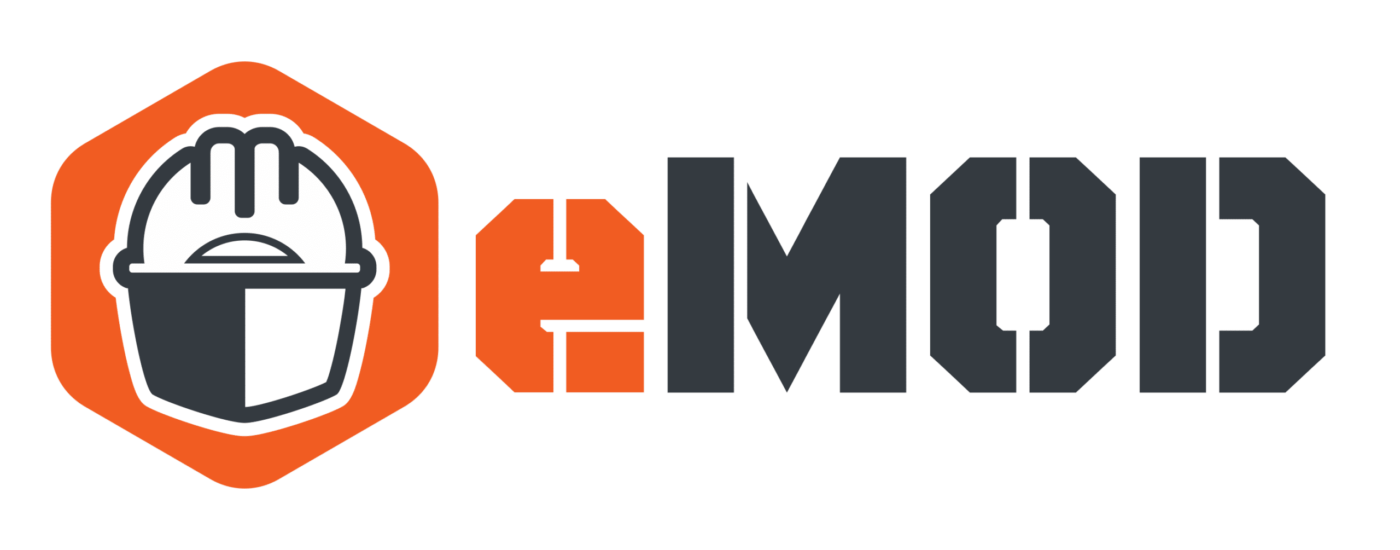
Commercial construction sites are a beehive of activity. Job crew personnel come and go daily as a different trade is needed. But instead of the sound of bees buzzing, the cacophony of construction equipment can make it not only hard to hear but also hard to pay attention to your surroundings when working.
With this frenzy of activity, it is easy to see why construction workers, ironworkers, crane operators, and heavy equipment operators top the list of the most dangerous jobs. On average, 14 workers die per day on job sites, while 2.8 out of 100 workers are injured.
Despite these factors, the construction site safety is often not sufficiently stressed until something terrible happens. Ironically, just about every contractor touts their company’s construction safety record, especially when interviewing for a potential project. The company will use the same two or three PowerPoint slides all year long proclaiming its safety training management record. But while the lights dim in the conference room for the presentation, back in the field, superintendents are still communicating to their daily-changing job crews using paper-stuffed, three-ring binders. When accessing safety documents, the “click” they hear is the pulling apart of binder rings, not a computer mouse.
Making Workflow Communication More Efficient
A superintendent’s job responsibilities include safety management. The superintendent must constantly walk the site and inspect what is going on and possibly photograph and note a possible issue on their mobile device. If the superintendent’s company doesn’t have environmental, health, and safety (EHS) software, then they must walk back to the trailer to document it in their paper-based system. And, don’t forget, the job crew constantly changes with different worker bees who also need to be oriented and safety trained with the site.
Construction safety management software, such as eMOD, can create a “workflow engine” of safety information, notifications, and resolutions. The workflow engine eliminates the inefficiency of “old school” paper systems. For example, suppose too many electrical cords span a large area causing a tripping hazard. In that case, the superintendent can access the construction site safety software and notify the project team in real-time of the issue. And, with the application’s dashboard, the flagged job hazard can be accepted or rejected in real-time. There’s no longer a need for the field superintendent to memorize all the job hazards on the bulletin board in the job trailer—or click open a three-ring binder and place paper in it.
Construction Safety Planning
As mentioned, the job site is a buzz of activity. Foreman and crews create daily safety plans each morning based on the day’s task. This can take considerable time in a paper-based system.
Completing a construction project safely should be a contractor’s number one goal, even over profitability. Having a job site specific construction safety plan in place will give direction to protect everyone on the job-site team and reassure your client that hazards can be highlighted and safety plans have been set in place to mitigate these hazards.
With construction safety management software like eMOD, daily safety plans have much more flexibility and adaptability. The foreman can use the application to communicate with their crews about the tasks, steps, hazards and mitigation plans ensuring that all crew members understand the scope for the day. So, while the cacophony of construction still exists, the safety “workflow engine” hums along with more efficient construction safety and risk management.
Key Takeaway:
All construction companies will say safety is the top priority for them. But is that just talk to win a job presentation? Does the company still use a paper-based system to track safety? If contractors don’t use a construction safety management application like eMOD, they are possibly hamstrung by an inefficient system and exposed to hazards that could potentially shut a project down. Real-time safety workflows and training and analysis are essential for the dynamic and dangerous environment of a job site.
About eMOD
Founded in 2017, eMOD is a team of experienced commercial construction superintendents, project managers, and safety officers from a San Francisco-based general contractor. Safety is more than our passion; we’ve built a company and a product dedicated to making our industry safer. The eMOD Construction Safety App is designed for the next generation of construction owners, insurance companies, general contractors, and trade partners. We not only built the app, we use it every day. Contact us to set up a demo today.

